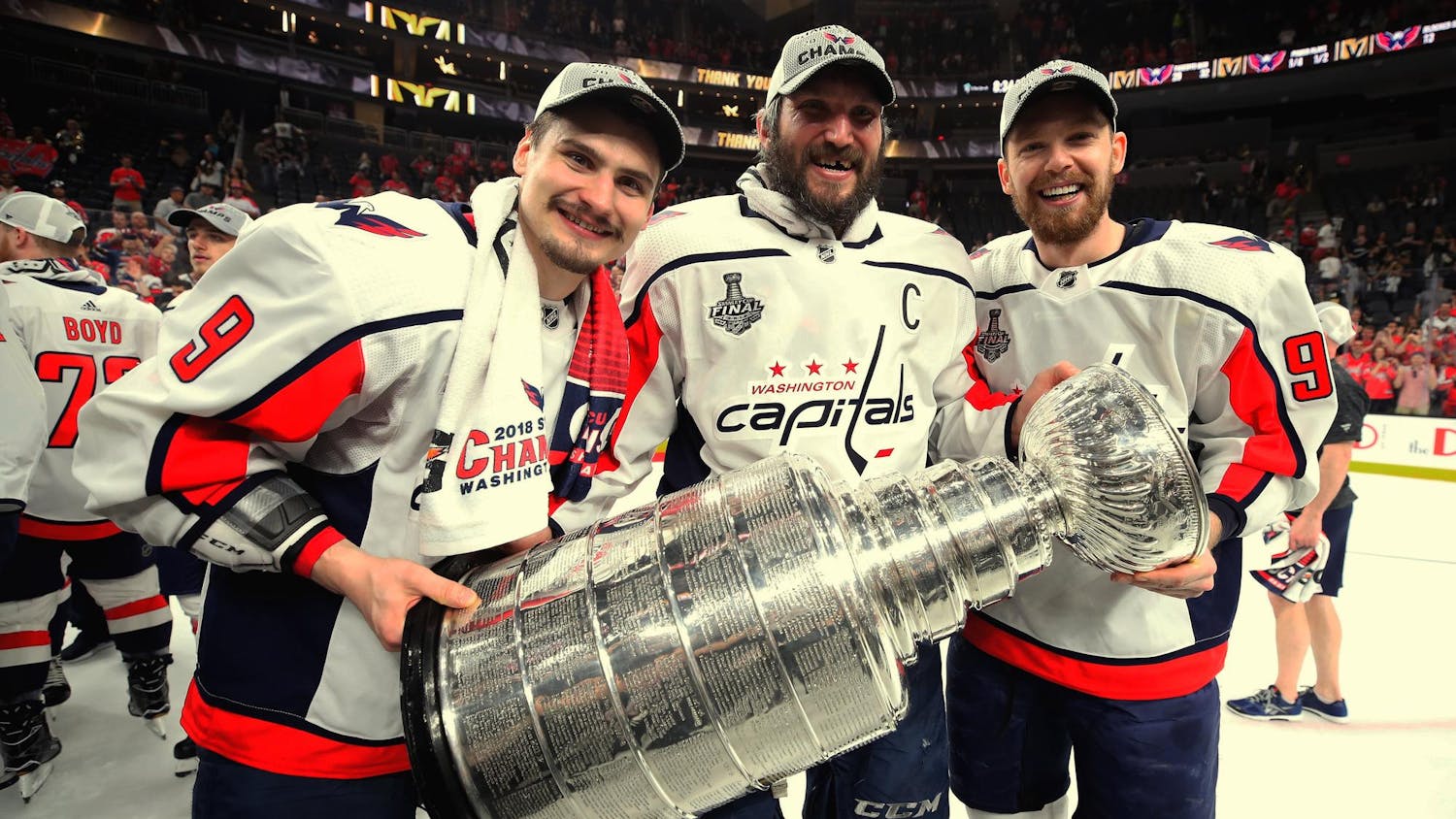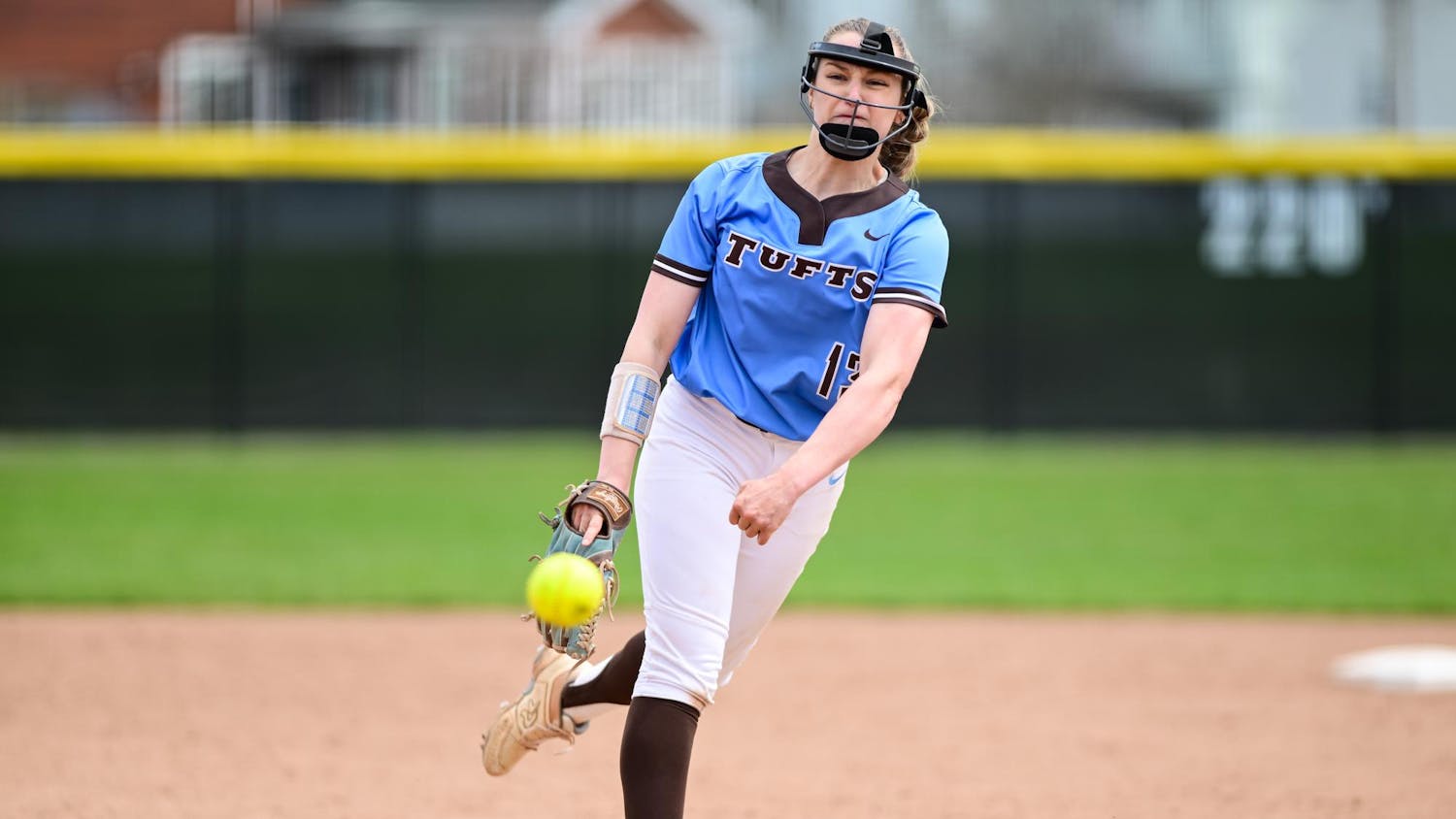NBC showed its promos for Sunday night's Baltimore Ravens versus New York Jets football game throughout the previous week. The ads featured the two quarterbacks — the bushy−browed Joe Flacco of the Ravens and the smug−faced Mark Sanchez of the Jets throwing a variety of passes, followed by a few fist−pumps and chest−bumps with their respective offensive linemen. The buildup could not have been more deceiving.
Sunday's "Football Night In America" was one of the worst displays of quarterbacking in the past few seasons. Flacco remarkably managed to post a passer rating of just 37.4. Not to be outdone, Sanchez logged an even lower 30.5 quarterback rating.
On the night, Flacco completed 10 of 31 throws for 163 yards, one interception and one fumble lost, while Sanchez went 10−for−35 on passes — totaling 119 yards — and one interception and three fumbles lost. That comes out to a combined 20−for−66 for 282 yards and six turnovers. Two teams that are traditionally run−oriented were forced to throw a combined 66 times. Not surprisingly, the results were ugly.
The Jets were reluctantly forced to try to attack through the air after falling behind 27−7 in the second quarter, in part because of a turnover−turned−touchdown on their first offensive play. While Sanchez's mis− takes were the reason they were behind, they had no choice but to keep attempting pass after pass to chase the Ravens on the scoreboard. The Jets' QB coughed up two fumbles in the first half, both of which were taken back for touchdowns.
New York's running game was also stifled as running back Shonn Greene could not find any holes behind a challenged offensive line that was missing All−Pro center Nick Mangold. To replace Mangold, the Jets tried using both Matt Slauson and Colin Baxter at center. Unfortunately, both were vastly overmatched against the behemoth Ravens' interior front line of Terrence Cody and HalotiNgata. Cody and Ngata wreaked havoc up the middle all night, as the Jets could not muster any push against their strength and combined 690 pounds of bulk.
The Ravens, on the other hand, had no such excuse, as their stubborn play−calling actually allowed the Jets to keep the score closer than it should have been.
There were multiple occasions where Baltimore should have leaned on Ray Rice but instead elected to pass, including three consecutive possessions in the second quarter. Their lead dwindled, largely because the three drives took just 2:58 off the clock, and one of them ended with an interception that the Jets took back for six points.
For a game that featured 51 points, 36 of which were scored by the defense or special teams, there was a sequence of plays that exemplified perfectly how the night unfolded.
With 11 minutes left in the third quarter, the Ravens were up 27−17, needing a score to seemingly put the game out of reach, when Flacco fumbled on his own 27−yard line and the Jets recovered. The Jets, already in field−goal range, trotted onto the field, and Sanchez, on the very next play, threw an interception that was returned 73 yards for a touchdown by Lardarius Webb. Suddenly, the scoreboard read 34−17, and the game was essentially over.
For two quarterbacks who have been labeled "game managers," whose teams rely heavily on their defenses to win games and who are historically inaccurate — Sanchez has a 54.5 percent career completion rate, while Flacco is at 60.9 percent — their coaches have given them a long leash so far this season.
The Jets and the Ravens ran the ball 50.4 percent and 49.8 percent of the time in 2010, while in 2011, those figures have dropped to 38 percent and 43 percent, respectively. If these two teams expect to return to the playoffs and challenge for a Super Bowl, they seriously need to go back to the run−first game plan with which they achieved success in the past.






